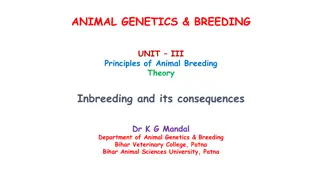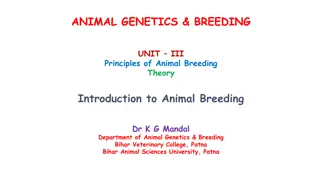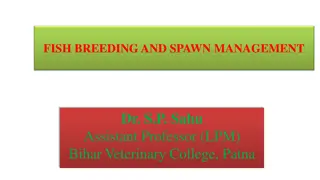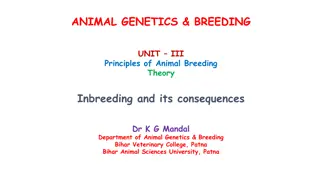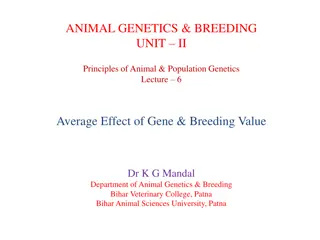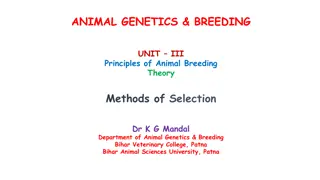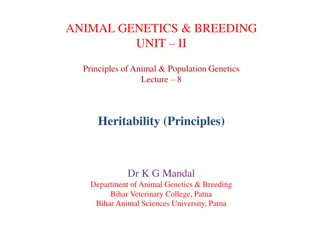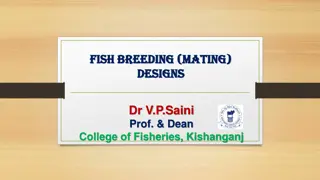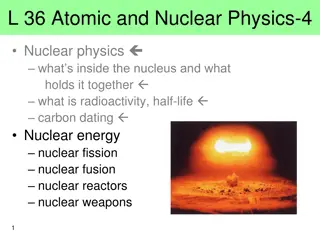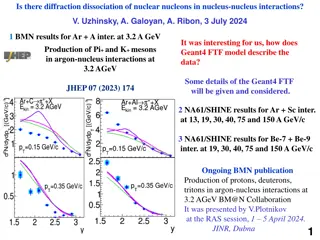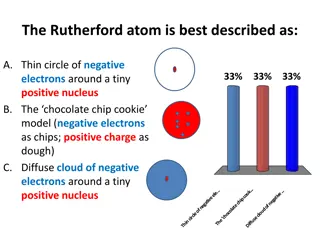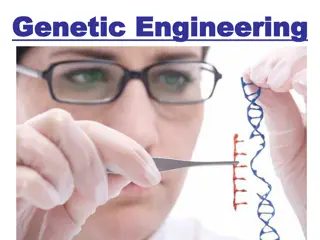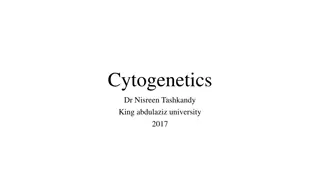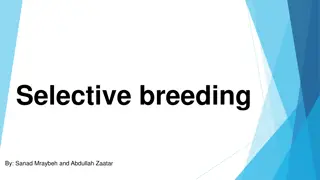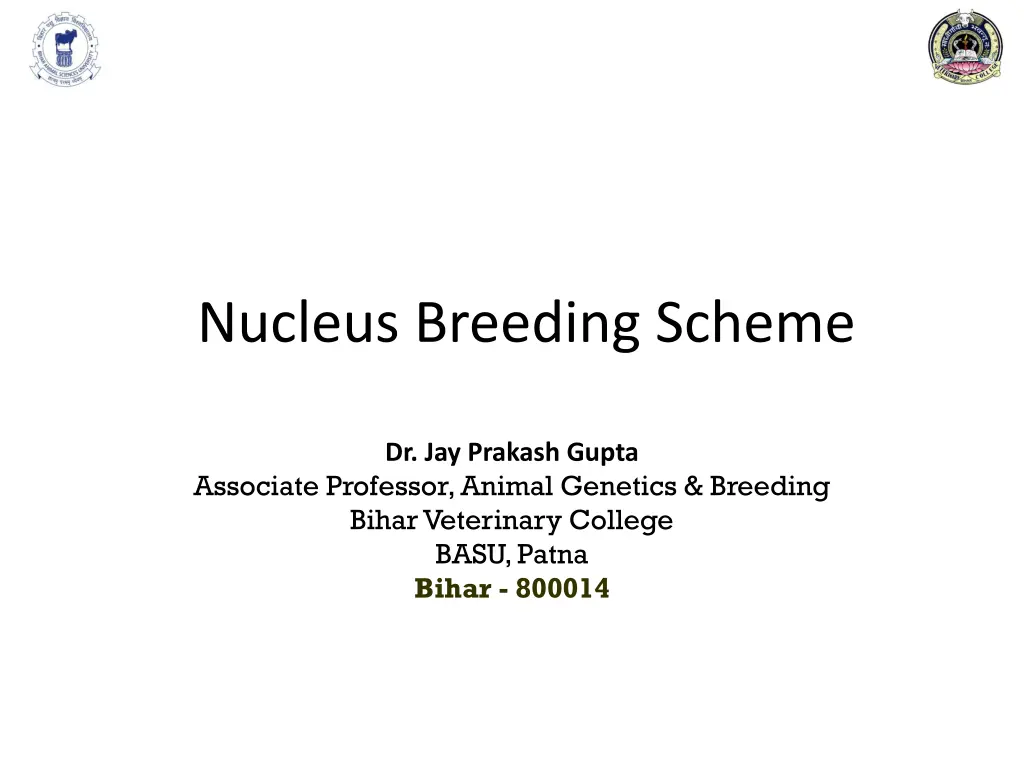
Nucleus Breeding Schemes and Strategies
Explore the Nucleus Breeding Schemes, such as closed and open programs, and their impact on genetic improvement in animal breeding. Learn about the importance of selection and mating in nucleus herds, gene flow across multiplier and commercial tiers, and the use of artificial breeding techniques to overcome challenges in cattle and buffalo breeding.
Download Presentation

Please find below an Image/Link to download the presentation.
The content on the website is provided AS IS for your information and personal use only. It may not be sold, licensed, or shared on other websites without obtaining consent from the author. If you encounter any issues during the download, it is possible that the publisher has removed the file from their server.
You are allowed to download the files provided on this website for personal or commercial use, subject to the condition that they are used lawfully. All files are the property of their respective owners.
The content on the website is provided AS IS for your information and personal use only. It may not be sold, licensed, or shared on other websites without obtaining consent from the author.
E N D
Presentation Transcript
Nucleus Breeding Scheme Dr. Jay Prakash Gupta Associate Professor, Animal Genetics & Breeding Bihar Veterinary College BASU, Patna Bihar - 800014
NBS: Introduction Nucleus programs are characterized by a limited number of female animals with a genetic superiority. Actually these females are bull mother. These animals are recorded for large number of traits and are actually constituting the nucleus herd
The scientific managers takes the decisions on selection and mating in the nucleus, as a consequence, recording of traits and pedigree is complete. Selection and mating in the nucleus is under full control. This results in a high genetic improvement rate over generations.
Close Nucleus Breeding Scheme NUCLEUS TIER MULTIPLIER TIER COMMERCIAL TIER
Close Nucleus Breeding Scheme Once the breeding animals for the nucleus are chosen at the start, no animals from outside the nucleus are added to the nucleus population. It is called a closed nucleus breeding program. Commonly practiced in pigs and poultry in order to avoid introduction of disease in nucleus herd
Close Nucleus Breeding Scheme In CNBS gene flow is in only one direction. The improvement made in Nucleus herd will get transmitted in to multiplier herd and commercial herd. Improvement in nucleus herd is must, otherwise no progress in subsequent herds. Transfer of genetic progress from one herd to the next is taking certain time and that is known as Improvement lag
Open Nucleus Breeding Scheme In cattle and buffalo breeding, large generation interval is big hurdle. Artificial breeding techniques, such as AI, MOET etc. can significantly counter this problem. This gives the opportunity to produce Large number of offspring from superior sires and dams and disseminating the genes of these superior animals widely in the Commercial herd.
Open Nucleus Breeding Scheme NUCLEUS TIER MULTIPLIER TIER COMMERCIAL TIER
Open Nucleus Breeding Scheme When the estimated BV of females in the Commercial herd is comparable or higher than the BV in the nucleus herd, they can enter the nucleus. This is called an open nucleus breeding program. Here gene flow is both ways which reduces rate of inbreeding in nucleus herd
Open Nucleus Breeding Scheme Mostly used in Cattle, buffalo, sheep etc. This scheme is mostly run by group of breeders and can be established as cooperative breeding scheme Here there is great chance of disease transmission in nucleus herd
NBS using Multiple Ovulation Embryo Transfer (NBS-MOET) MOET is composite technology which involve Superovulation Estrus synchronization among recipient AI of donors Embryo recovery from donor Embryo transfer in the recipient females By using this technique about eight progeny from donor cow can be obtained
Common features of MOET An elite herd of males and females is set up and selection made at early age based on family information Generation interval is considerably reduced Intensity of selection will be high and less inbreeding The rate of twinning as well as sexing of embryo can be implemented
Types of MOET Based on criteria and age of selection this can be of 3 types: Juvenile MOET Adult MOET Scheme Mixed or Hybrid MOET Scheme
14 Thanks! Any questions? You can find me at: @JP_AAtrey jp.prakash01@gmail.com


